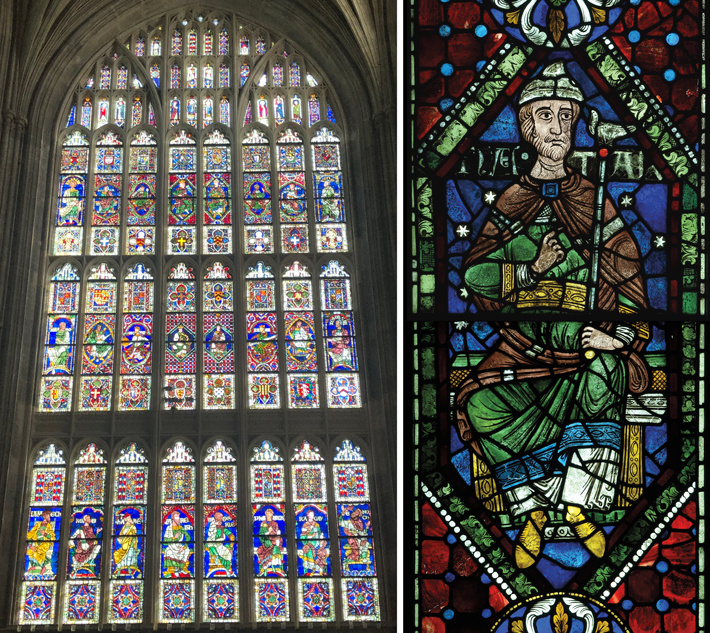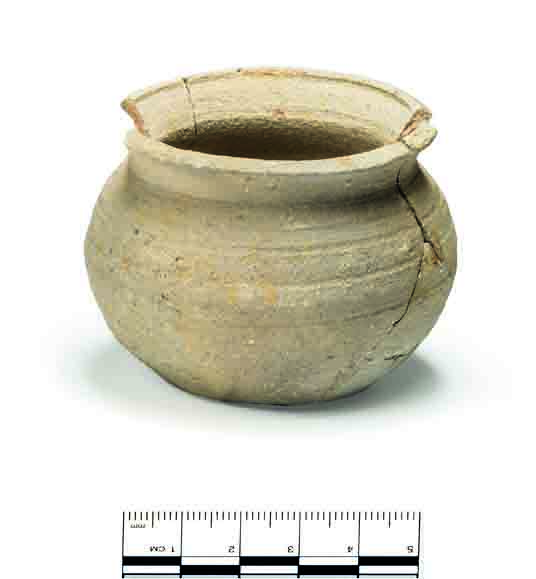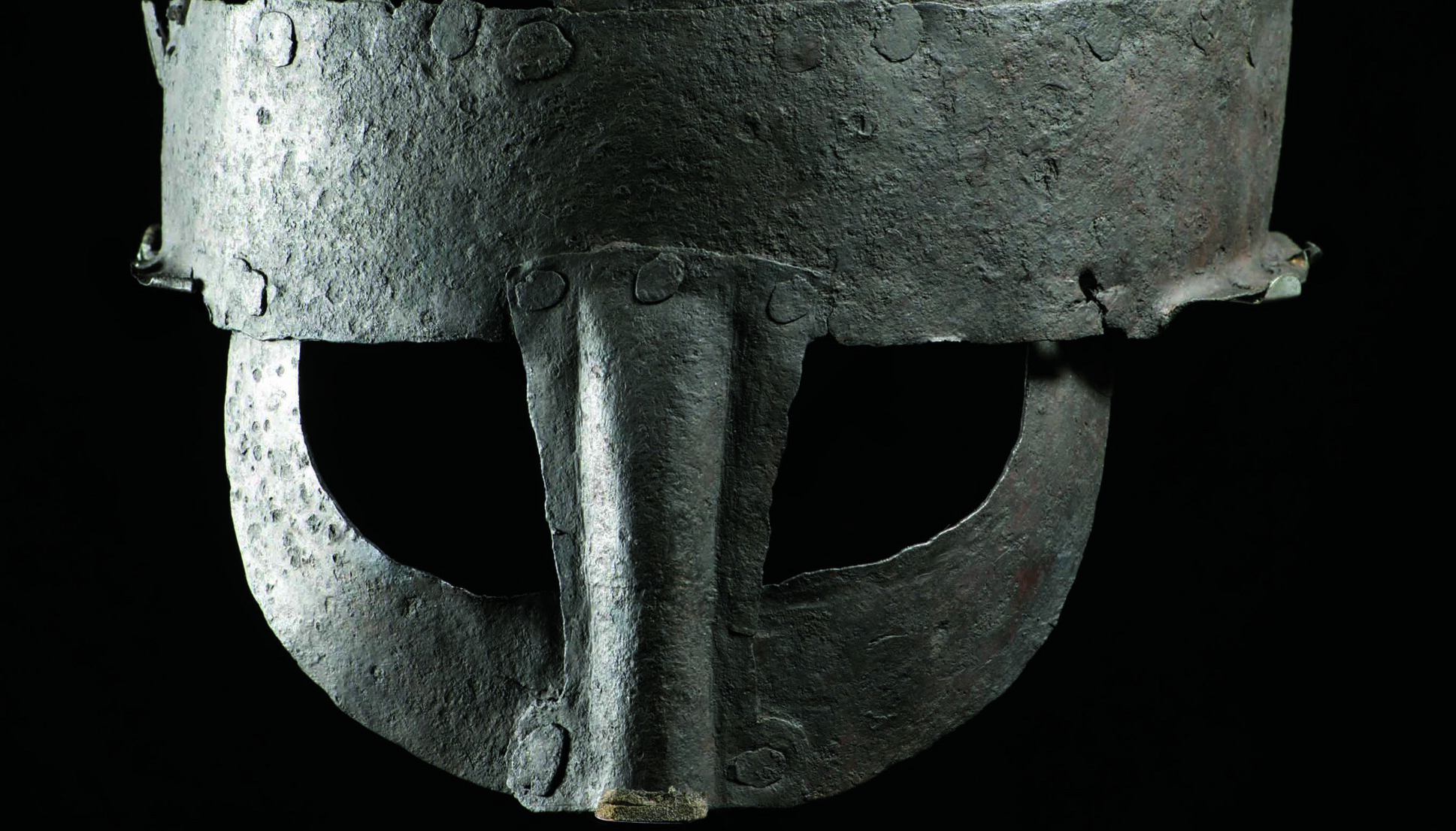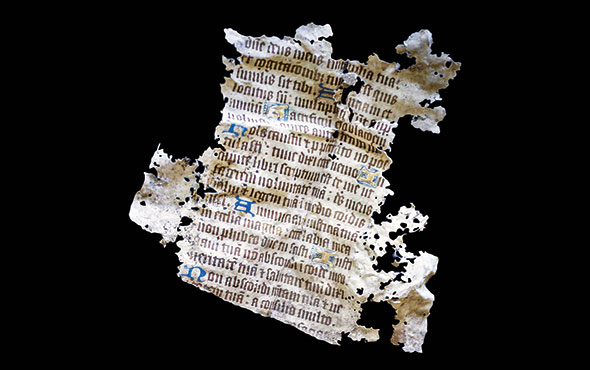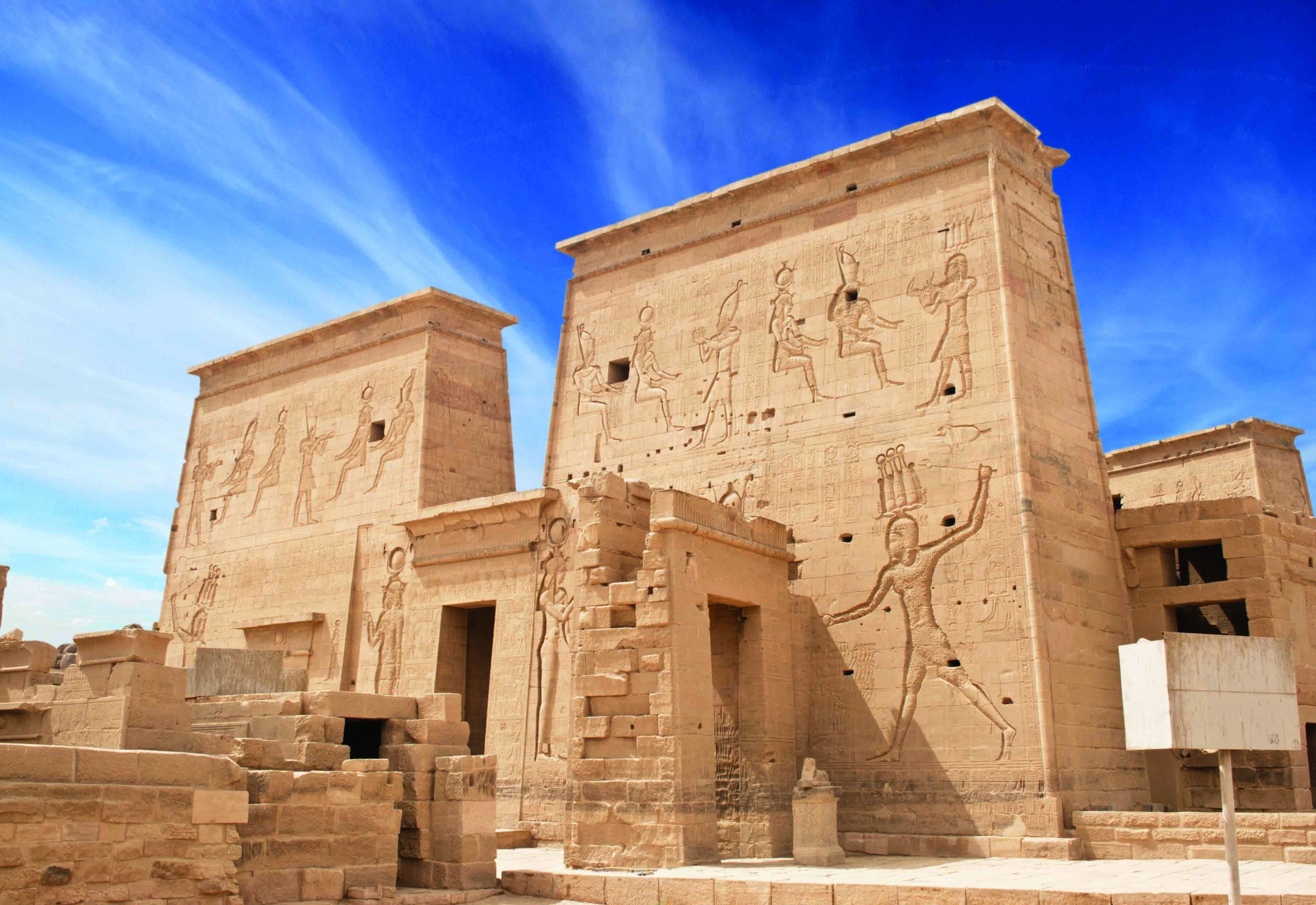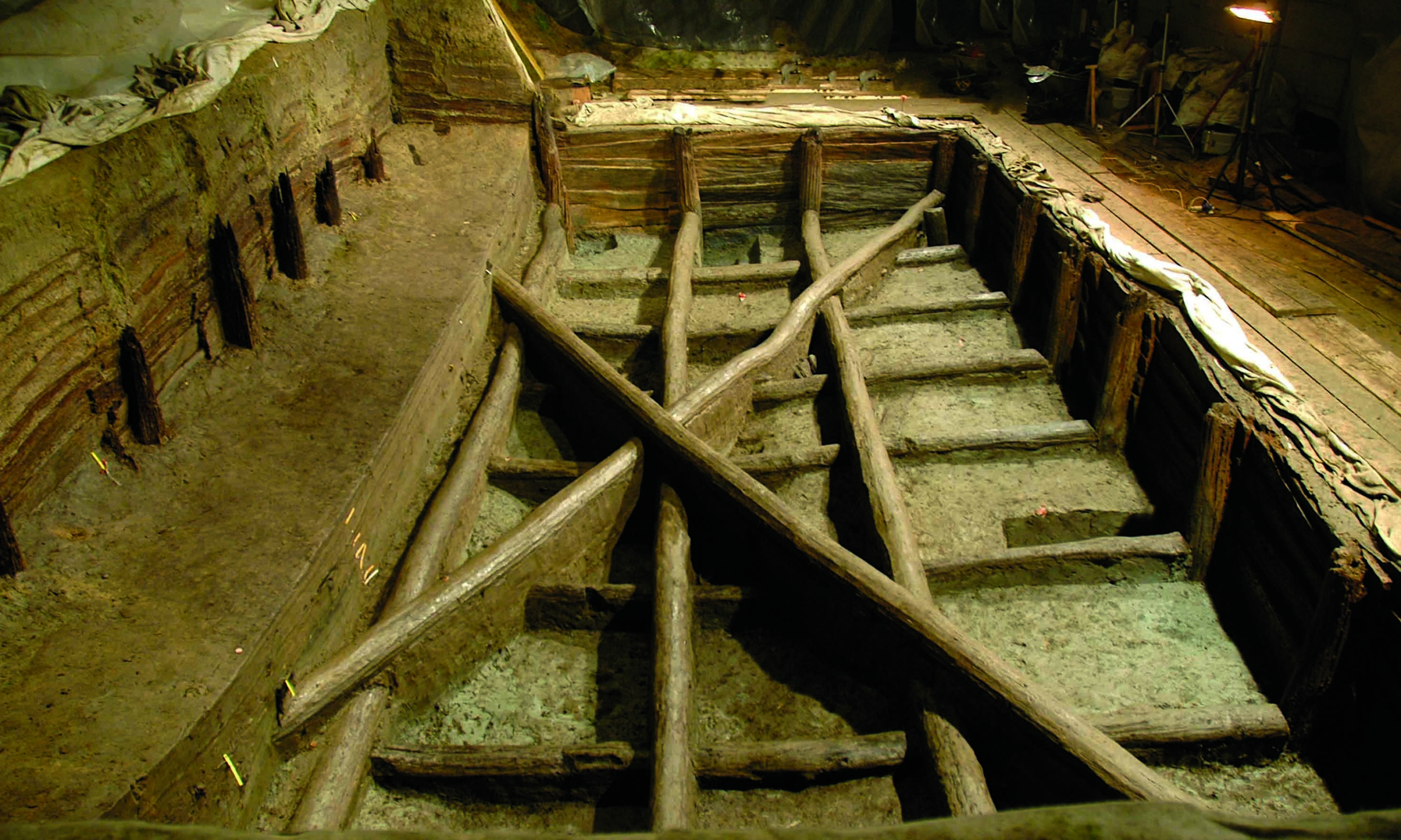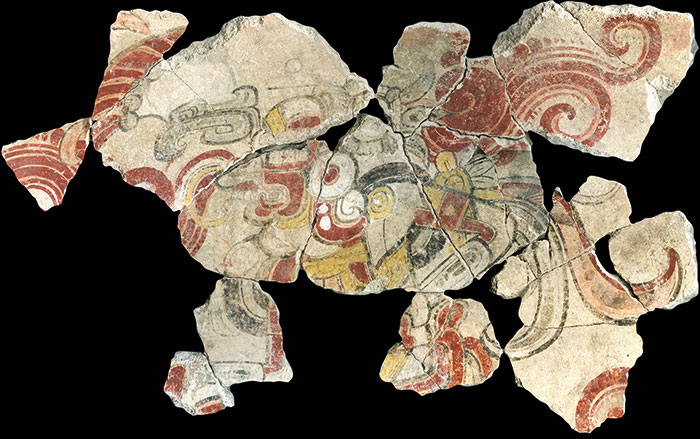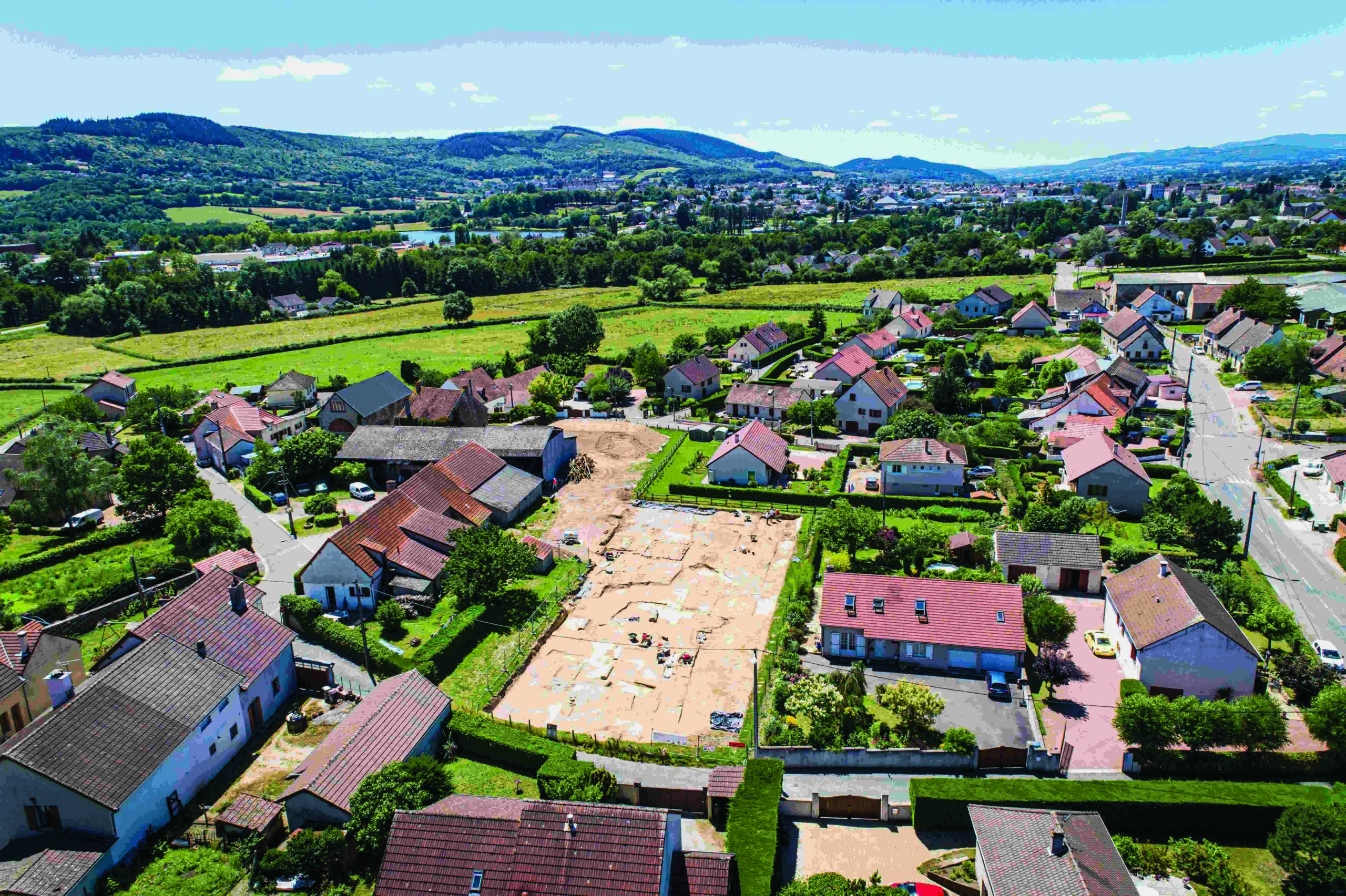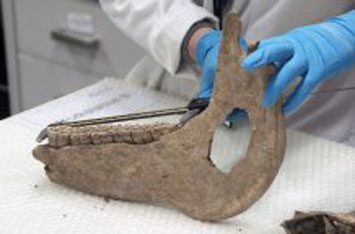
EXETER, ENGLAND—According to a statement released by the University of Exeter, researchers reviewed the data for horse bones unearthed at 171 archaeological sites across England dated to between A.D. 300 and 1650. The study suggests that many medieval warhorses would have been considered ponies by today’s standards. The height of a horse is traditionally measured from the ground to the top of the withers, or shoulder blades, in four-inch increments knowns as hands. Equines less than 14.2 hands high are classified as ponies. The largest eleventh-century horse in the study, whose remains were unearthed at Trowbridge Castle in southwest England, is estimated to have stood just 15 hands high. Between 1200 and 1350, warhorses likely towered over other medieval steeds at about 16 hands high. Then from 1500 to 1650, the size of the average horse began to approach the size of modern draft horses, which are used for heavy work, and the so-called warm-blooded breeds, prized today for their athleticism and agility. An animal’s size and the robusticity of its limbs are therefore not enough to identify warhorses in the archaeological record, explained team member Helene Benkert. Medieval royal breeders likely focused on temperament and confirmation traits other than size that they found desirable as warfare tactics and cultural preferences evolved, added team member Alan Outram. For more on horses in human history, go to "The Story of the Horse."


